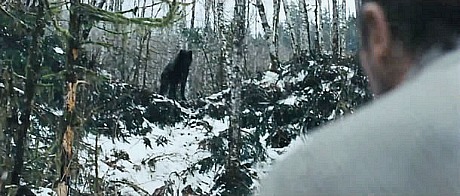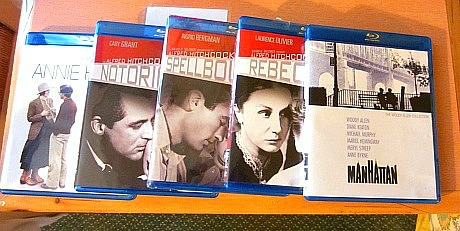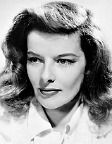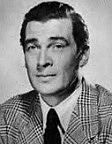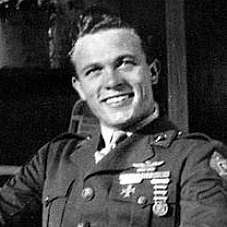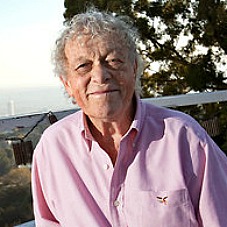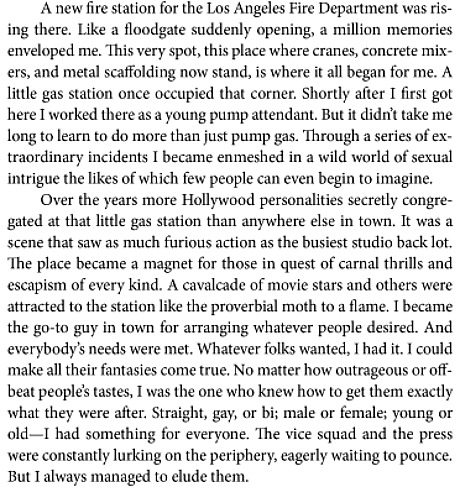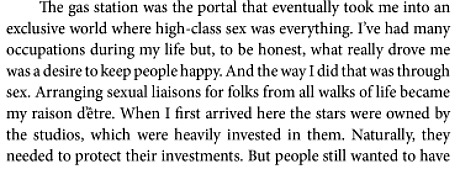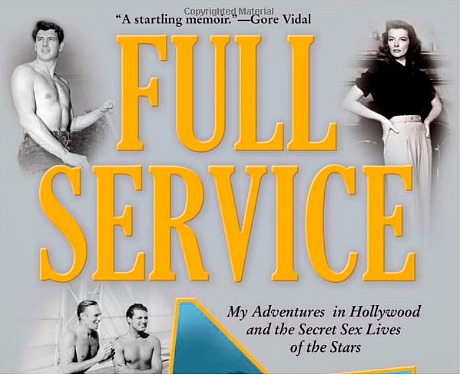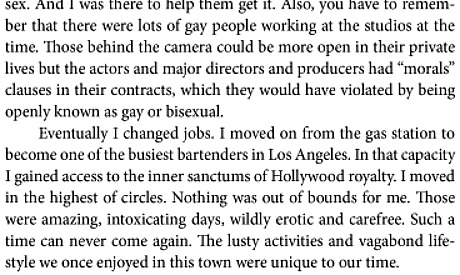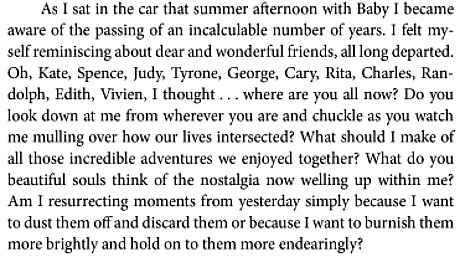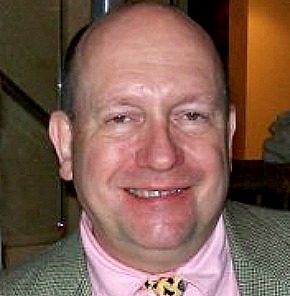Martin Scorsese, the most gifted, tireless, prolific and devout Movie Catholic director of our time, sat down last night for a longish (160 minutes, give or take) on-stage interview with Leonard Maltin, and it was some kind of beautiful and sublime to take a surface-level nostalgia trip into Martyland and to revel in 40 years of Marty memories, Marty anecdotes and Marty insights.

Murky, not-quite-focused shot of Martin Scorsese taken by yours truly from my seat.
It happened at Santa Barbara’s Arlington theatre from 8:20 pm to 11 pm, more or less, as part of a presentation of the American Riviera award. I sat on the right side, about six or seven rows from the front, right next to Awards Daily‘s Sasha Stone.
“Surface-level” because a good three-quarters of Scorsese’s films, spanning over 40 years, weren’t verbally mentioned, much less discussed. This was necessary in order to keep the presentation in the vicinity of two hours, or course, but it felt like a greatest-hits primer for people who have only an ADD understanding of Scorsese’s life and career…no offense.
Maltin told me at the after-party that Scorsese himself chose the clips.
A brilliantly-cut career montage started things off, and then clips were shown from Mean Streets,Taxi Driver, Italian American, Raging Bull, The Last Waltz, Goodfellas, No Direction Home and Hugo.
The best clip was one of Muddy Waters singing “Mannish Boy” in The Last Waltz.
Honestly? The Hugo clip, shown in 3D, was by far the least intriguing one shown. It was all about Ben Kingsley‘s Georges Melies fuming at Asa Butterfield‘s Hugo, and then Hugo being chased by Sacha Baron Cohen and the Doberman through the train station, blah blah. I thought they might take a cue from people like me and show a clip from the glorious third act with those recreations of Mellies’ career, but no.
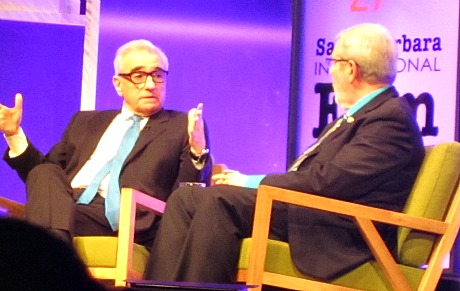
No clips were shown from Who’s That Knockin’ At My Door, Alice Doesn’t Live Here Anymore, New York, New York, The King of Comedy, After Hours, The Color of Money,
The Last Temptation of Christ (one of Scorsese’s absolute greatest), Cape Fear, Casino, Kundun, Bringing Out The Dead, Gangs of New York, Il Mi Viaggio in Italia, The Blues, The Aviator, The Departed, Shine A Light, Shutter Island, Letter to Elia or George Harrison: Living in the Material World.
In Contention‘s Kris Tapley, Stone and I had natural notions about chatting with Scorsese at the after-party. But it didn’t happen. This was partly due to Scorsese’s decision to huddle in the back of the room with inner-circle homies (his wife, Hugo costar Ben Kingsley, festival honchos), partly due to our lack of hunger and aggression and partly due to the aggression of others. A trio of super-model blondes barrelled right in there and got their photos.
It was a metaphor for life, in a way — you can’t hang back in the corner and expect things to happen. You have to be direct and willful and even coarse to some extent to get what you want. Tapley, Stone and I were too respectful of Scorsese’s space, and so we missed our shot.
I asked Kingsley about why there’s still no DVD or Bluray of Betrayal, which will observe its 30th anniversary next year. I said that I’d been told it has something to do with the family of Betrayal producer Sam Spiegel refusing to accomodate would-be distributors. Kingsley said he’d heard the same thing. “I’ll look into it,” he said. And I said, “Okay, cool, but…uhm…well, how could I follow up…?” Kingsley smiled like Don “ya ponce!” Logan and said, “I’ll look into it and we’ll run into each other again at another party and we’ll see where it is!”



